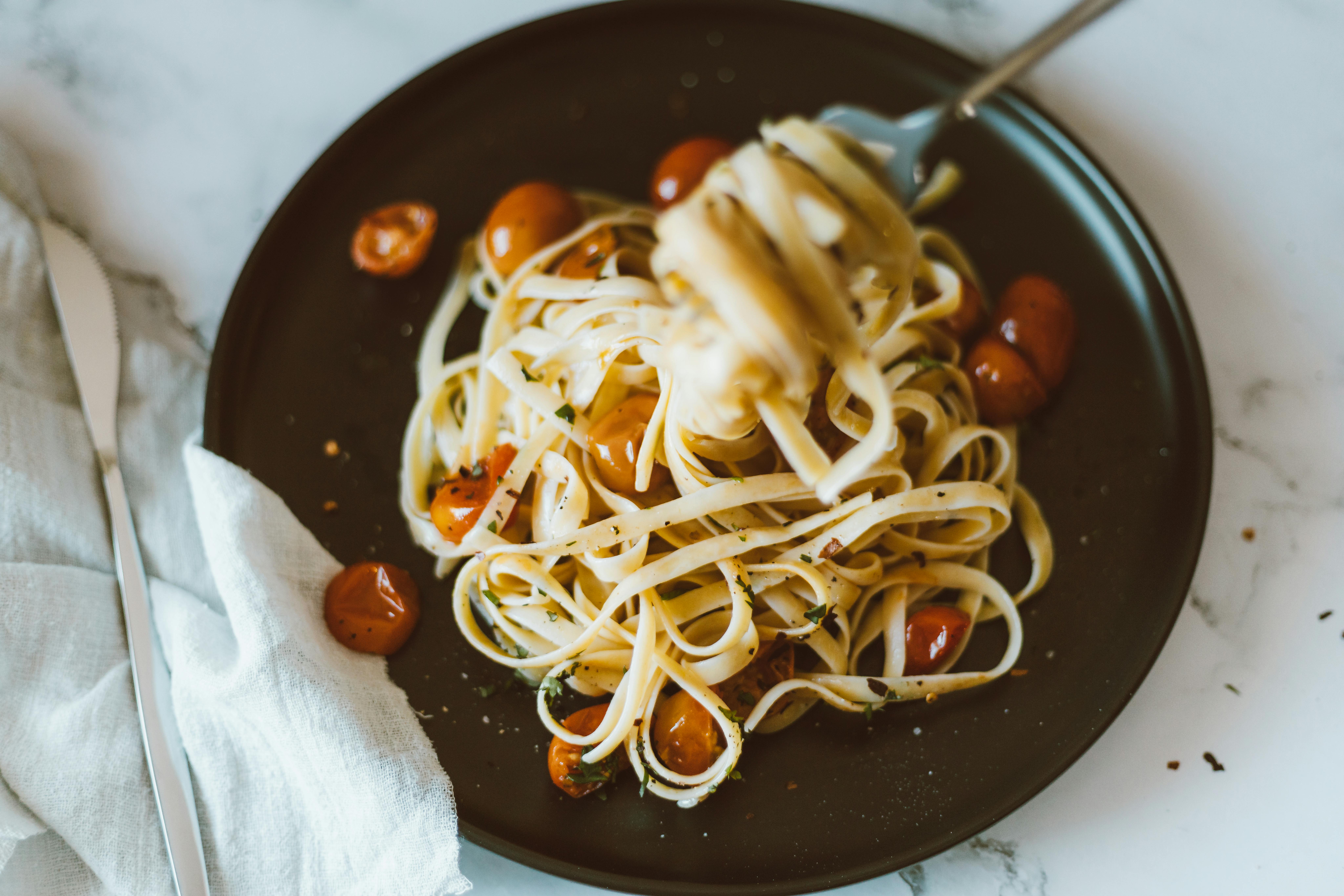This article is for the average homeowner and not for people who want to improve “upper class” homes in great neighborhoods. Things that add value to a home come in two forms; one is the home’s value to a new buyer and two is the actual appraised value. There are different things that add value to one or the other and sometimes to both.
First, the things that add value to a new buyer are visual things. 80% of the sale is curb appeal. The houses being sold are a lot like humans if you think about it. We all have our own problems and failures, but we don’t want to advertise it to our neighbors. Yelling at husband/wife and kids is something we try to do around the house if you know what I mean. Selling the house has some similar characteristics; it is the house that looks nice from the outside that is sold first. Any minor defects inside the house can be fixed once the buyer has moved out. Most people don’t want to be the one with the ugliest house on the block.
Another similar feature is that the newer the better. People like new trends, what is popular nowadays, and always look for something better. Having a few of those popular items scattered throughout the house will update, even if the entire house hasn’t been remodeled. How does it look updated and modern? Here are some tips;
- Cleaning (the most important)
- Green lawn, trees. Trim bushes and trees, plant annuals for great curb appeal.
- If your kitchen cabinets look shabby, consider painting them if you can’t replace them.
- If your sinks or toilets aren’t white, replace them.
- Light and neutral paint colors. Paint the ceiling lighter than the walls to add height.
- Rugs in neutral and light brown tones.
- Natural stone-look tiles (if they aren’t already)
- Stainless steel. Brushed steel or bronze fittings (gold is out)
- Energy efficient vinyl windows
- Textured walls.
- The kitchen and bathrooms are the most important rooms in your home.
Creative decoration can be a great advantage. Get creative and make it look clean and tasteful – this will add the most value to a new buyer. Just keep in mind that “overall decor” is better. Not everyone likes that same decoration. I once bought a very nice (expensive) ceiling fan to put in a house. I thought it would be a big selling point as it was so beautiful to me; it was the first thing the owner tore up when he moved in. So do not overdo it and fall in love with your decoration.
Second, the things that add value to an appraiser and really make your home worth more are based more on structure and product. Modern updates have little influence, but are mostly updated in a general way that makes the best difference. For example, if you replaced your old wood grain Formica countertops with a tile countertop, that would be considered an “upgrade.” Whether or not you used granite or ceramic tile may or may not make a difference. That difference would depend on your house, if you’re in a $500,000 house and you add ceramic while all your neighbors have granite, then your tile countertops would be a bit of an upgrade. But if you live in a modest neighborhood where most other countertops were still Formica (but newer than wood), then installing granite adds no more value to your home than ceramic. A good example is seeing a really big, beautiful house with all the bells and whistles built in a neighborhood where all the houses were that size with minimal improvements. The value of that big, beautiful house will be less than that of one of its peers located in a better neighborhood. What your neighborhood offers will give you a great indicator of how far you need to upgrade to add value. Go a “little” further than your neighbors, going all out and beating them by miles won’t give you as much value as it sounds. Just try to think about upgrading generally, shop wisely, and forget about “brand name” purchases. 25-year-old carpet and 10-year-old carpet rarely make a difference in appraised value.
Then it comes down to adding appraised value to a home, it will be limited to things like square footage, age of the home, construction or rod making, etc. Within those limits, this is the best way to add that value (yes, they’re in order);
- Add square footage with an addition.
- It has a garage or store.
- Drywall and textured walls. (Get rid of the wood paneling, especially if it’s dark)
- Kitchens and bathrooms are the most important rooms.
- kitchens; new countertops, new (or resurfaced) cabinets, new linoleum or tile floors, etc.
- toilets; good lighting, white tubs and sinks, tile or linoleum floor, very clean toilet, etc.
- New Carpet/Flooring: Wood floors (real and laminate) may have a higher value. The brand of the rug usually doesn’t make a difference, and neither does the padding. Details like fixtures, appliances, paint colors (neutral is best, not white), etc.
Above all, new paint is a great value, even if it looks good, a fresh coat of paint can make all the difference in the world to both a potential buyer and an appraiser. It is also a task that the whole family can do.
Determining what adds the most value to a home will take a bit of neighborhood research, but when you’re done, you’ll be sure that your hard-earned money is being spent on things that really add value. Plus, we all love to save money and time. If you need a definitive number on what a certain upgrade could add in terms of value, then you should visit an appraiser in your area.
